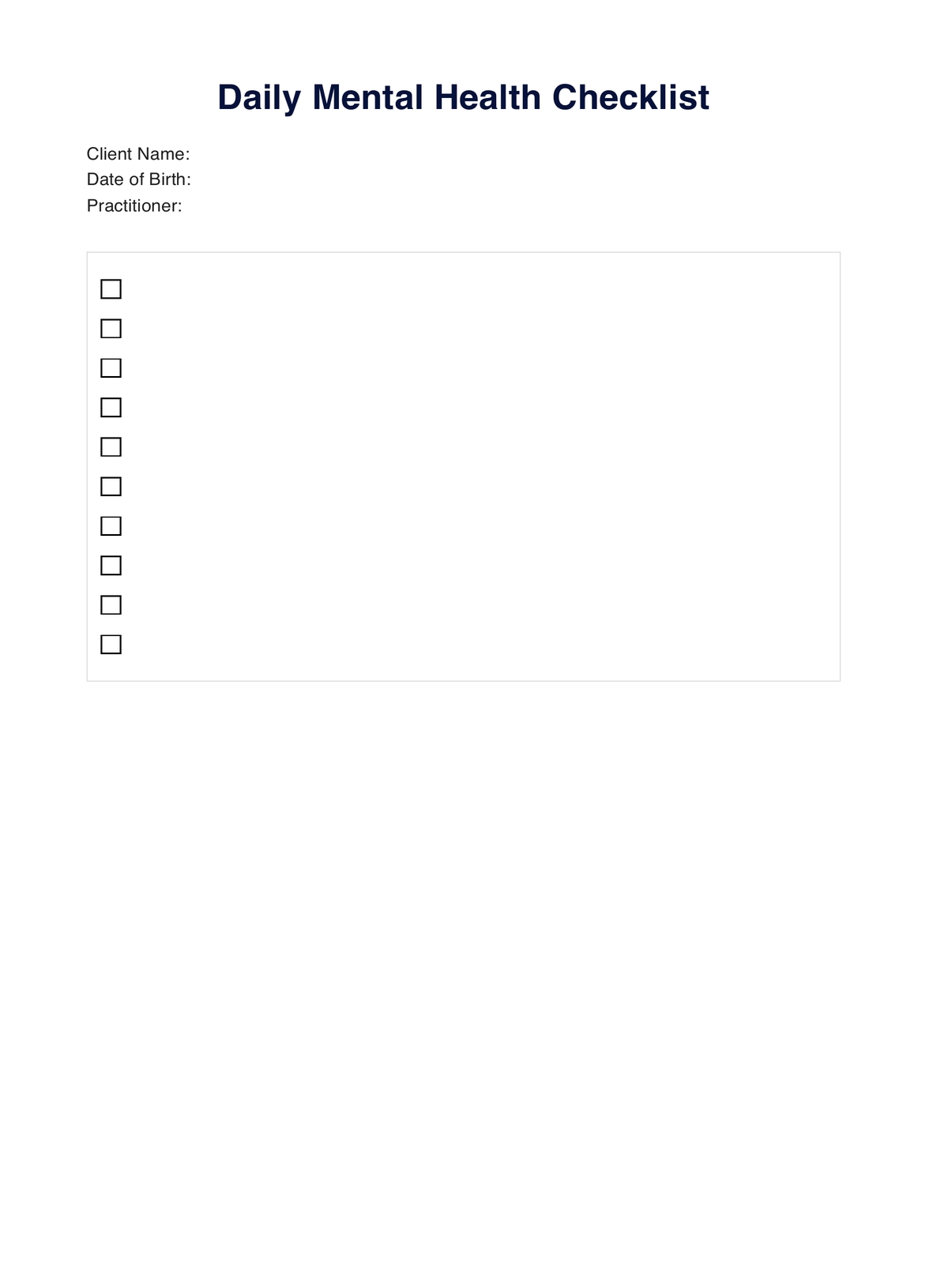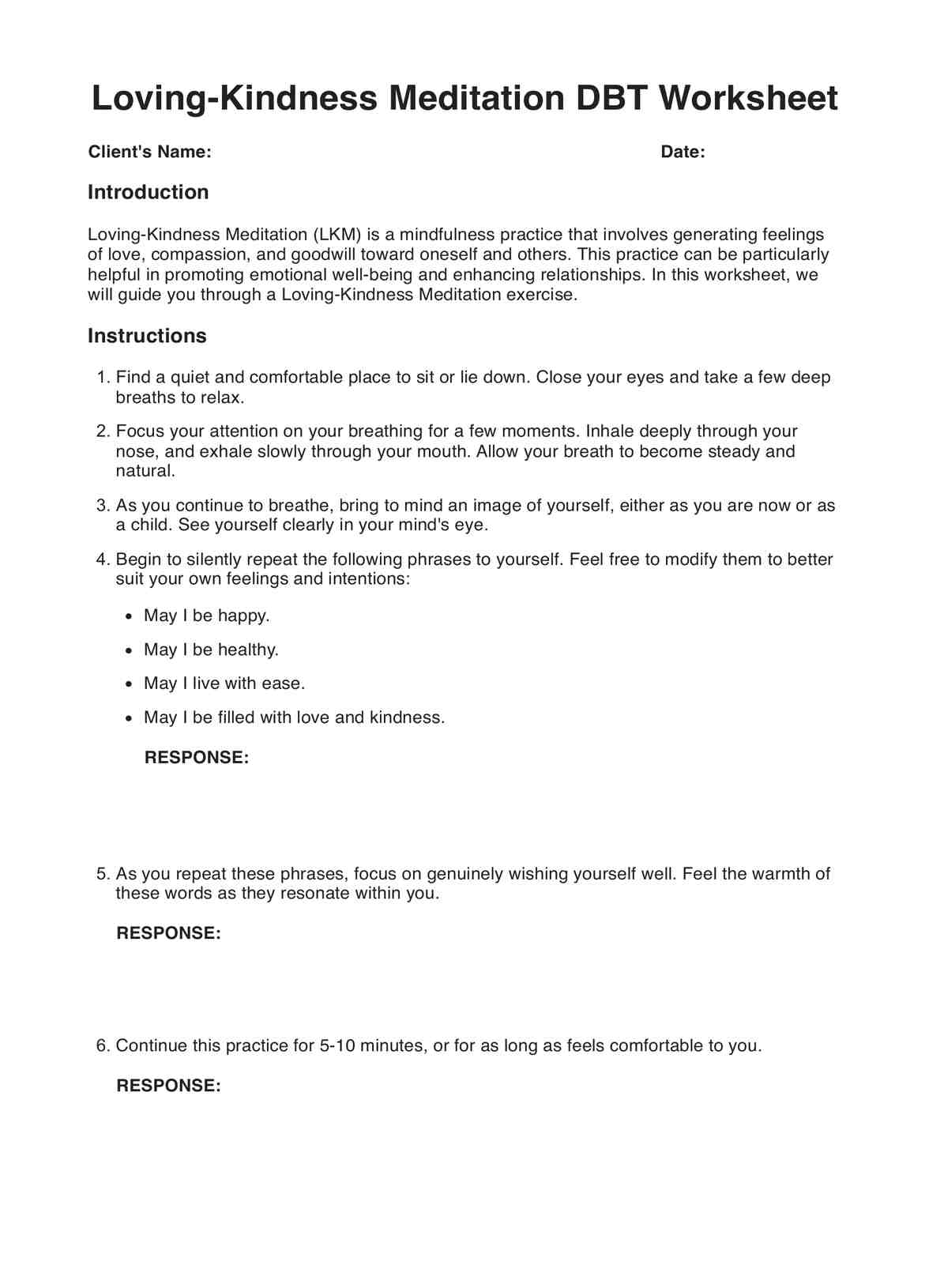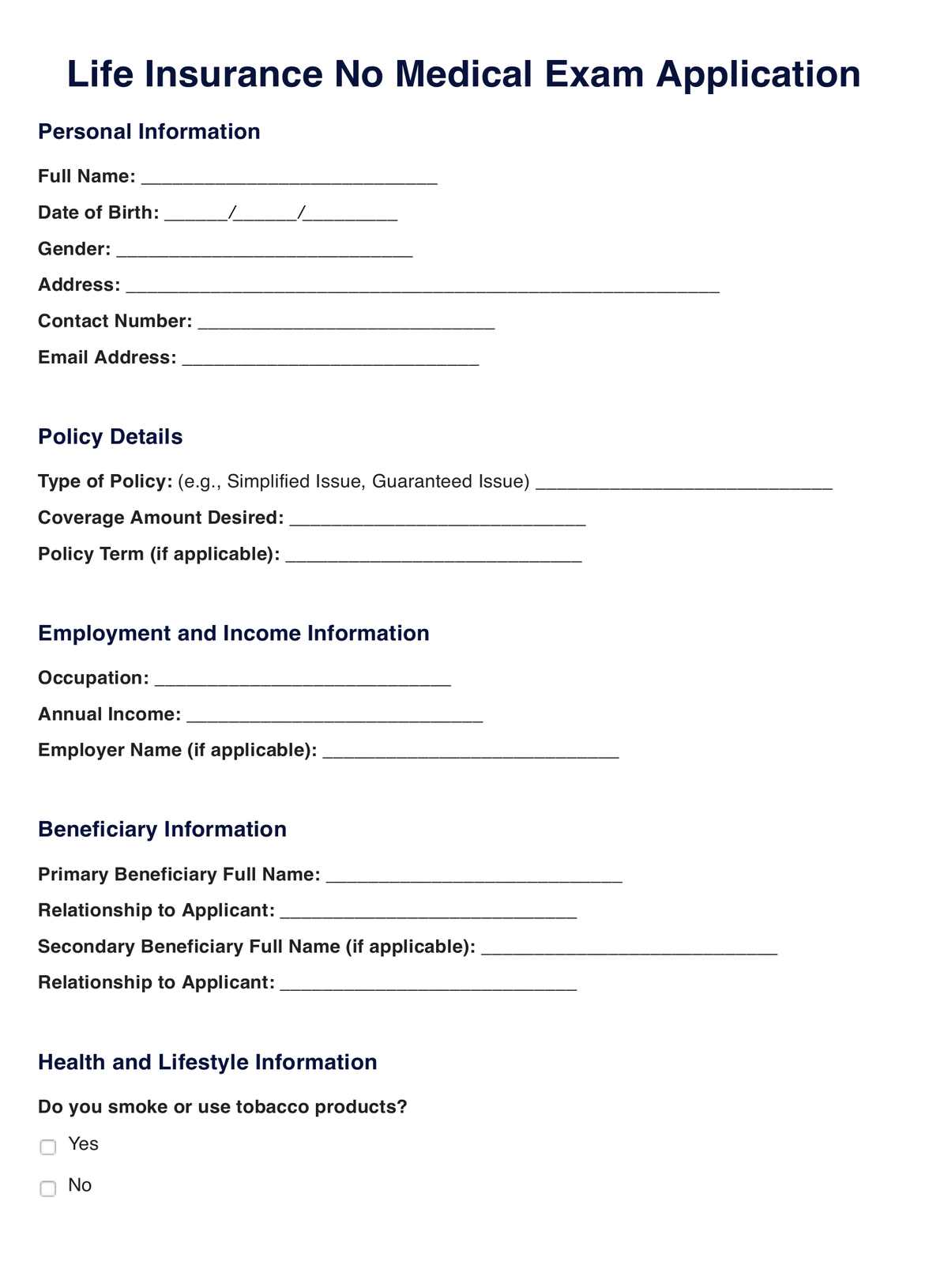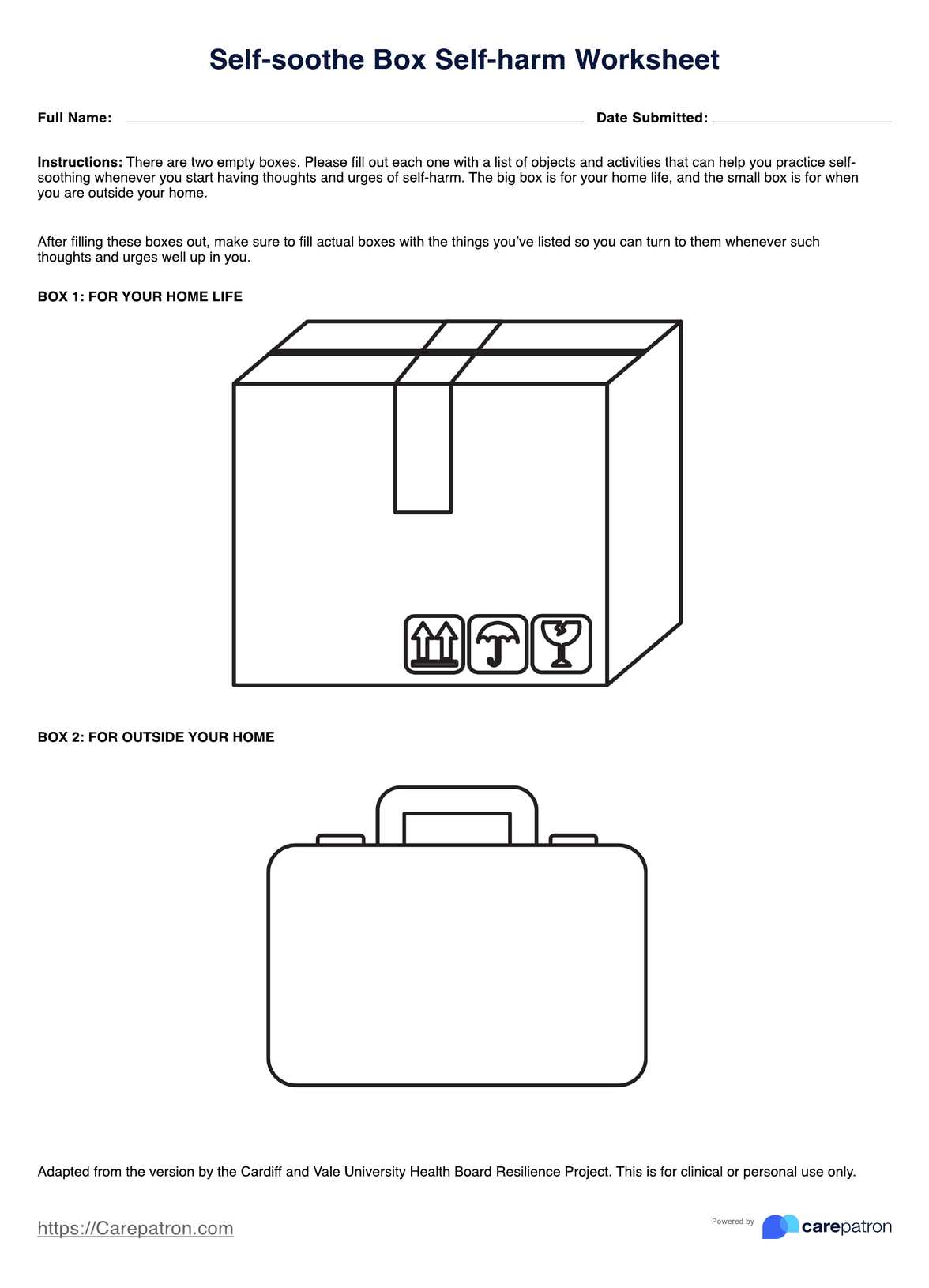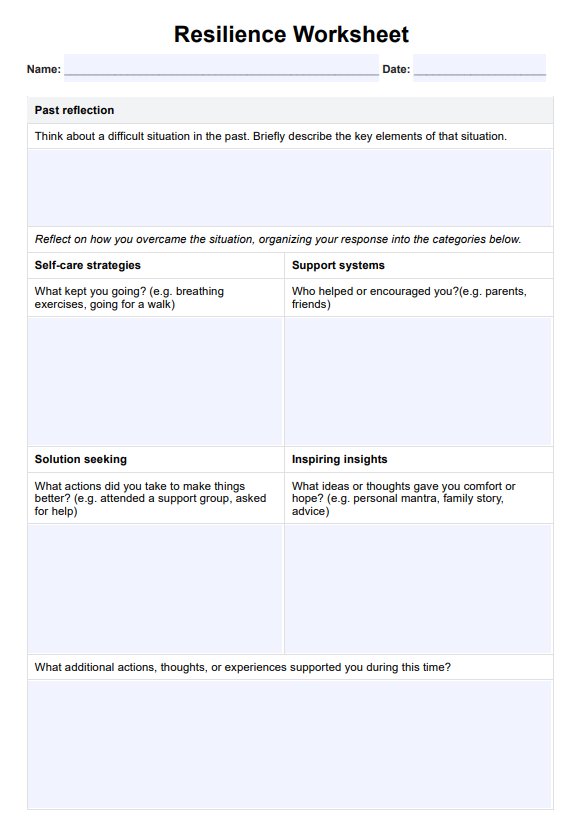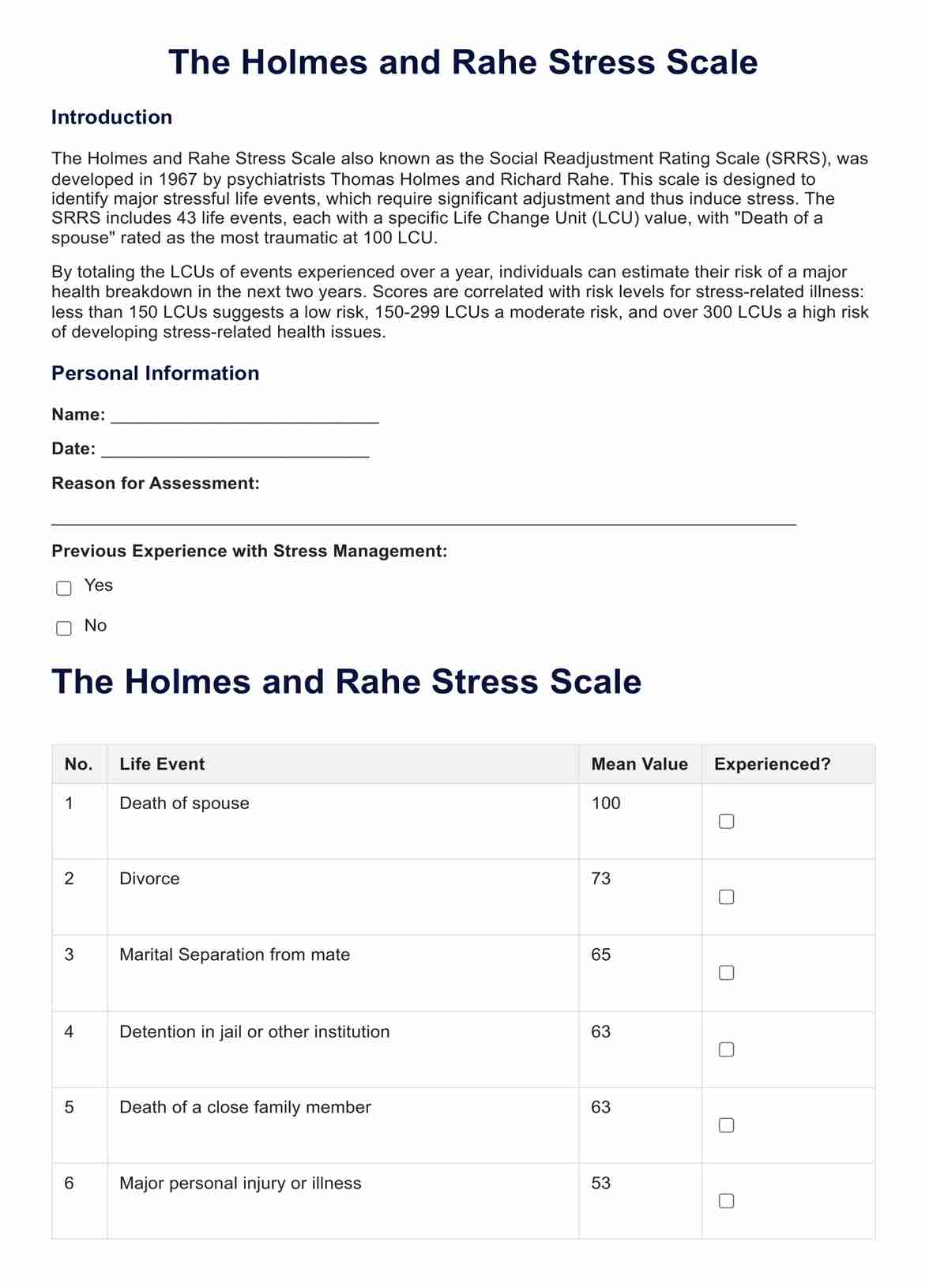ABCDE CBT Worksheets
Target your client’s negative thought processes and help them find alternative and more effective thoughts with our ABCDE Worksheet based on the principles of Cognitive Behavioral Therapy.


What Is An ABCDE CBT Worksheet?
ABCDE is an approach developed by Dr. Albert Ellis, founder of Rational Emotive Behavioral Therapy (REBT), however, this approach can also be applied to Cognitive Behavioral Therapy (CBT) as a technique for targeting and overcoming maladaptive thought patterns, or cognitive distortions.
While the commonly used ABC model includes Activating Events, Beliefs, and Consequences (including physical and emotional consequences), the ABCDE model extends to include a Disputation, or challenging one’s irrational thoughts or beliefs, and creating an Effective new response, also called an Exchange of the old thoughts to more effective, new ones.
CBT is based upon the principle that each of the three aspects of thinking, feeling, and behaving are interwoven, and solving a client’s cognitive distortions will in turn help them achieve their behavioral or emotional goals1. Targeting cognitive distortions through CBT has been proven to be effective in the treatment of anxiety disorders2, depression3, and a range of other mental health conditions. This means that targeting irrational thoughts will have many flow-on benefits for a client’s well-being, and that’s why we created this ; to make it easy for you to help your clients achieve their treatment goals by targeting their own distorted cognitions.
ABCDE CBT Worksheets Template
ABCDE CBT Worksheets Example
How To Use This ABCDE CBT Worksheet
If you are already familiar with the ABCDE CBT model, feel free to jump ahead and take a look at our ABCDE CBT Worksheet example in the next section. But if you’d like to ensure you fully understand each step of the ABCDE worksheet, just follow this simple step-by-step guide.
Step One. Download the ABCDE CBT Worksheet
The first step is to grab a copy of our ABCDE CBT Worksheet, which you can do using the link on this page. This link will provide you with a PDF copy of the worksheet, which you can send to your client in a digital version or print out for them to fill out by hand if they prefer.
Step Two. Ensure your client understands what each section entails
Before your client begins to tackle their negative thinking patterns, they need to understand what the worksheet is asking of them in each section. We have included some helpful tips in each section to enable your client to complete this worksheet independently, but they will need to be familiar with different types of unhelpful thinking styles, and be able to describe their physical and emotional responses in order to get the most out of this worksheet.
Step Three. Have your client complete the worksheet fully
Once you have armed your client with any extra information they need to confidently complete the worksheet, it’s time for them to go into battle with their negative thoughts. They will do this following the ABCDE model as laid out in this worksheet, and briefly described here:
- Activating Event: Describe the event that triggered their negative thoughts or emotions
- Beliefs: Recall the thoughts they had at the time
- Consequences: Describe the physical and emotional response they had as a result of these thoughts and beliefs
- Disputation: Challenge the most distressing of the thoughts recalled in the Beliefs section
- Exchange: Exchange the old, maladaptive thoughts for new, effective thoughts.
Step Four. Discuss your client’s answers
Depending on your client’s needs, you may wish to use their responses to this worksheet as a discussion point in their future sessions. Additionally, your client may wish to share some of the results of completing this worksheet with you.
Step Five. Store securely
Finally, if your client chooses to return this worksheet to you - ensure you store it securely in their clinical record as it contains sensitive and confidential health information.
Who Can Use these Printable ABCDE CBT Worksheets (PDF)?
CBT is a widely effective technique used for the treatment of anxiety, depression, ADHD, PTSD, and a range of other mental health conditions. As such, any mental health professional who practices CBT in their work with clients can benefit from incorporating this ABCDE CBT Worksheet into their practice.
There is a range of professionals who can practice CBT or use CBT techniques in their treatment of clients. These include:
- Therapists and Psychotherapists
- Counselors
- Coaches
- Clinical Psychologists
- Psychiatrists
- Psychiatric Nurses
Why Is This Form Useful For Therapists?
Includes Prompts and Explanations
To help your client get the most out of this worksheet, we have included some helpful prompts and explanations at certain parts of this worksheet. You may wish to provide them with further explanation of some aspects of the ABCDE model, however, we have tried to ensure that the worksheet can be completed independently by your client without too much external help.
Target your client’s Hot Thought
We have incorporated a “Hot Thought” section into this worksheet to help your client focus their efforts on the area of their cognition that most needs it. By prioritizing their efforts in this way, your client will be able to get the most out of this worksheet rather than working with multiple, less distressing thoughts they may have had at the time.
Help your client build good habits
The ABCDE model is something your client can take into many aspects of their life, and this worksheet is designed to help them understand the process from start to finish and immediately start reaping the benefits.

Benefits of ABCDE CBT Worksheet Template
Digital Format
A major benefit of this ABCDE CBT Worksheet is the ability for it to be completed entirely digitally using interactive text boxes. This means your client can access the worksheet from their device of choice, and complete it without needing access to a printer.
Repeatable Exercise
Learning to identify, dispute, and replace one’s negative cognitions is not something that will happen overnight, and this worksheet can be completed multiple times in order to build up your client’s ability to resolve their cognitive distortions and strengthen resilience to their negative thoughts.
Maintain progress between sessions
By offering our ABCDE Worksheet, you can ensure your client’s progress doesn’t plateau in between sessions with you. While different practitioners will have different preferences on offering “homework”, it can be hugely beneficial to provide your clients with a tangible resource to refer to between appointments with you.
Widely applicable
The ABCDE CBT model is not limited to one mental health condition or disorder, and can even be used in life coaching, professional coaching, or mindfulness practices. As such, this worksheet is a very handy resource to have in your toolkit.
Gain insight into your client’s thought processes
Finally, one of the greatest benefits of this ABCDE CBT Worksheet is how it gives you insight into your client’s cognition, which in turn can inform any treatment decisions or the focus of their sessions with you.
References
- Beck AT, Rush AJ, Shaw BF, et al. Cognitive therapy of depression. New York: Guilford Press; 1979
- Kodal A, et al. (2018). Long-term effectiveness of cognitive behavioral therapy for youth with anxiety disorders. DOI: 10.1016/j.janxdis.2017.11.003
- Driessen E, Hollon SD. Cognitive behavioral therapy for mood disorders: efficacy, moderators and mediators. Psychiatr Clin North Am. 2010 Sep;33(3):537-55
Commonly asked questions
ABC is a commonly used model and is simply a shortened form of the ABCDE model. Before your client starts disputing and exchanging their cognitive distortions, they need to be able to identify their emotional and physical responses, as well as recall their thoughts and beliefs at the time their negative thoughts occurred. As such, the ABC model can be useful for introducing your clients to the principles of CBT before they move on to the full ABCDE model.
This worksheet can be completed by any clients struggling with negative thoughts, behaviors, or emotions that they wish to engage with and reduce. This could be negative thoughts about themselves, poor self-image, or feelings of sadness, anxiety, or guilt.
While your client may need an explanation of unhelpful thinking styles (e.g. all-or-nothing thinking, fortune-telling, personalizing, etc.), in order to complete the Disputation section of this worksheet, they should be able to complete the majority of this worksheet independently. As such, it can be a good idea to provide this worksheet to your client to take home and complete between sessions. This will ensure they have enough time to think about their answers and in turn, give you the best insights into their thought processes.


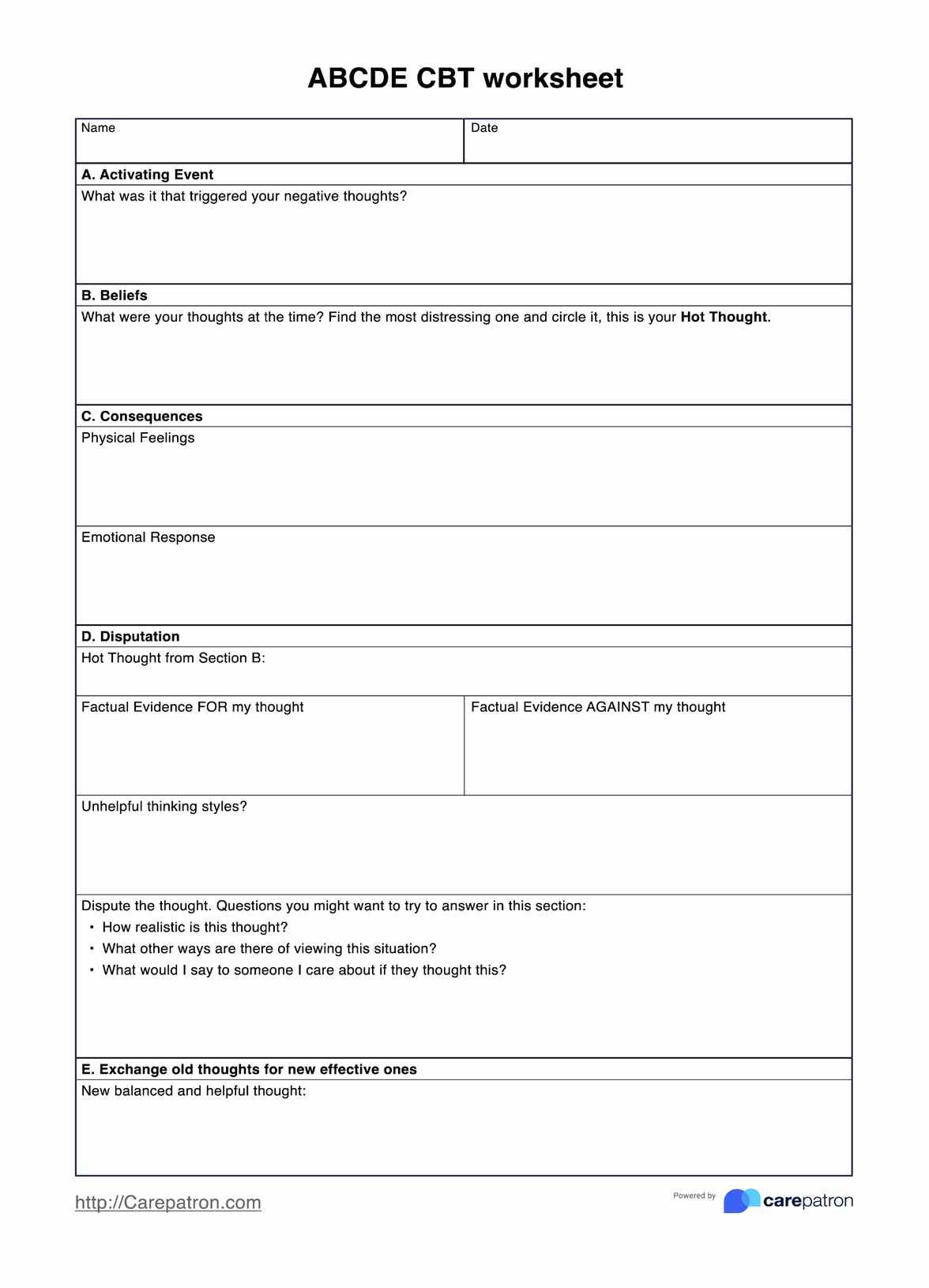
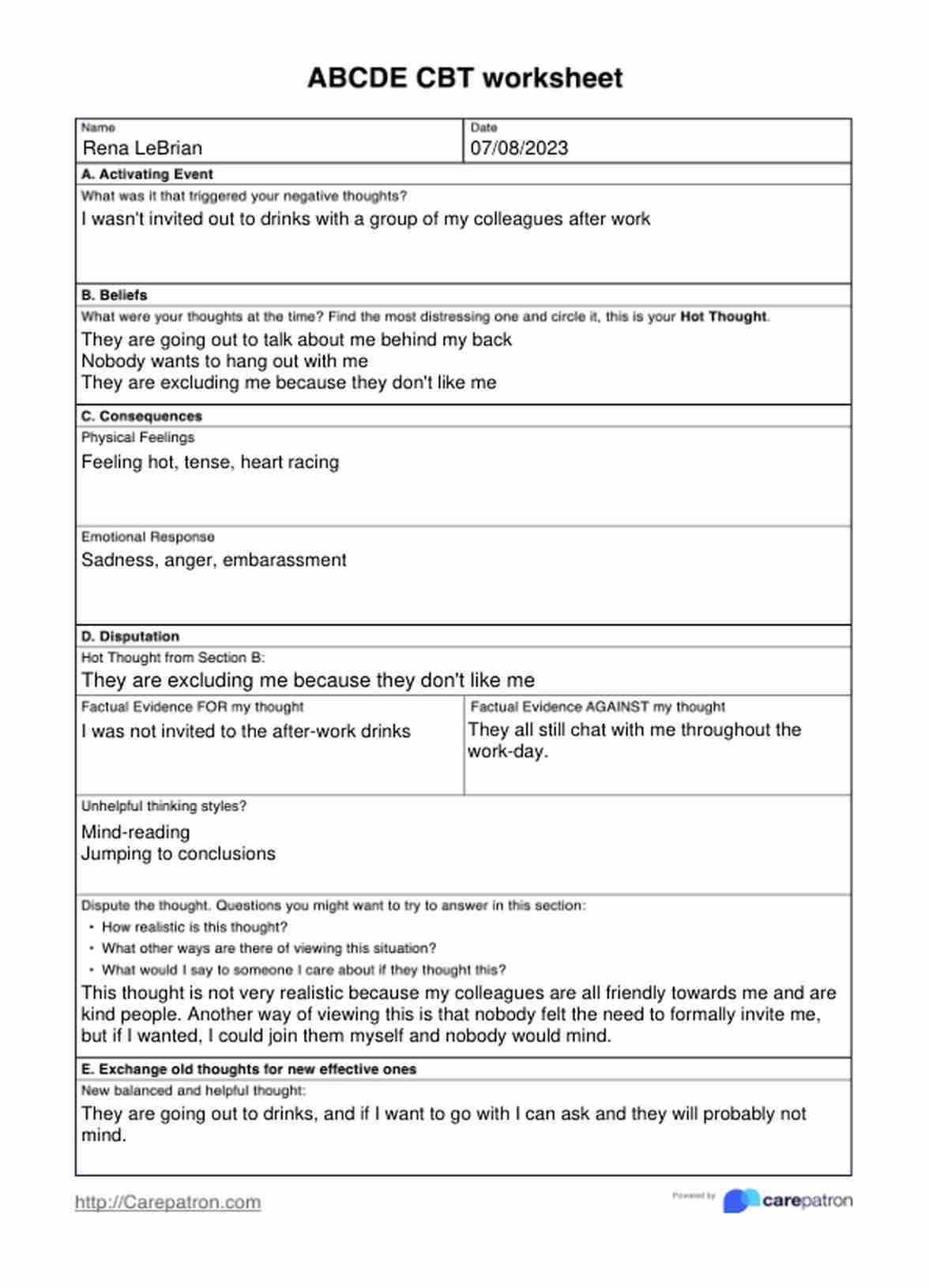


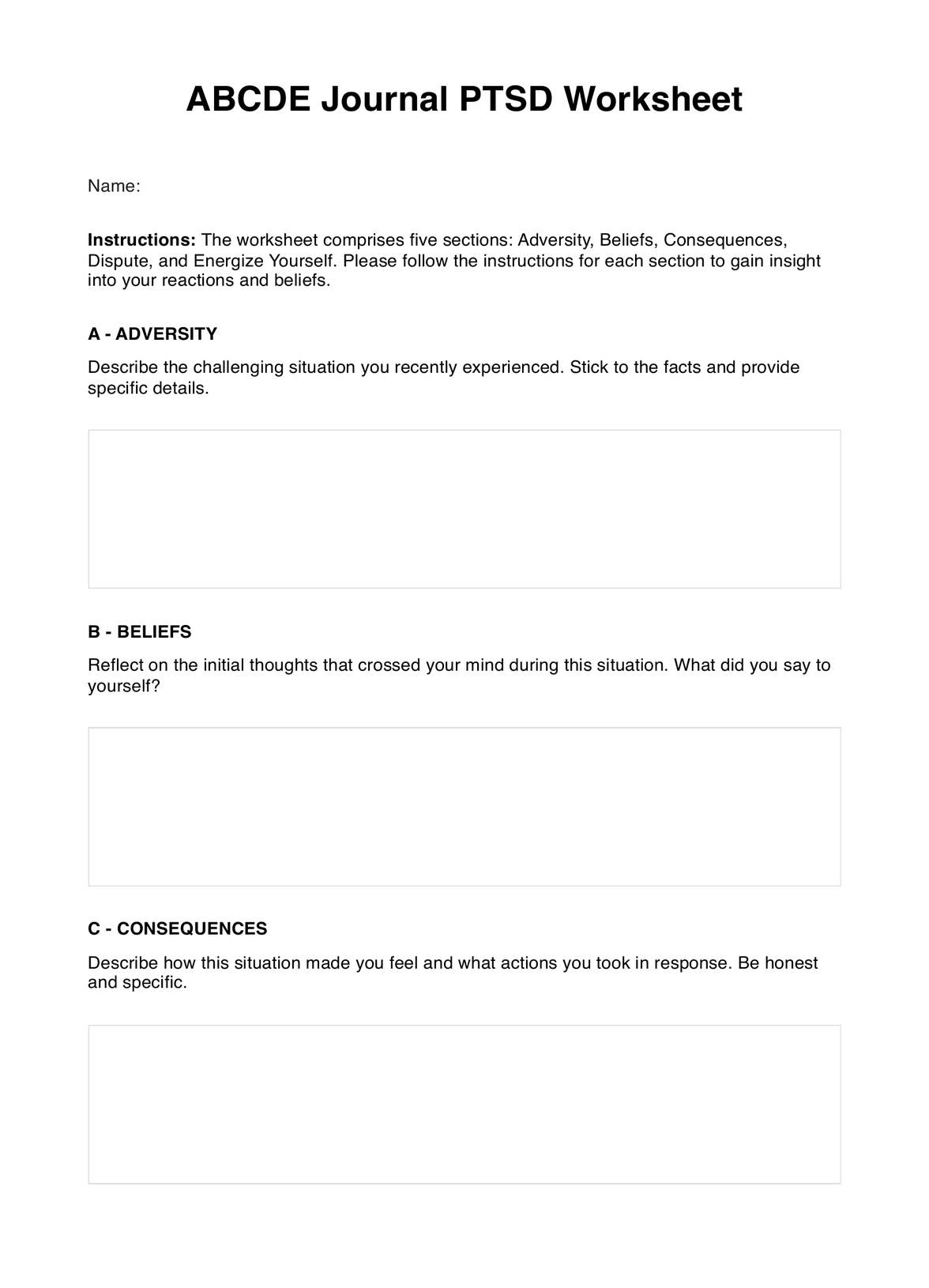














-template.jpg)





















































































